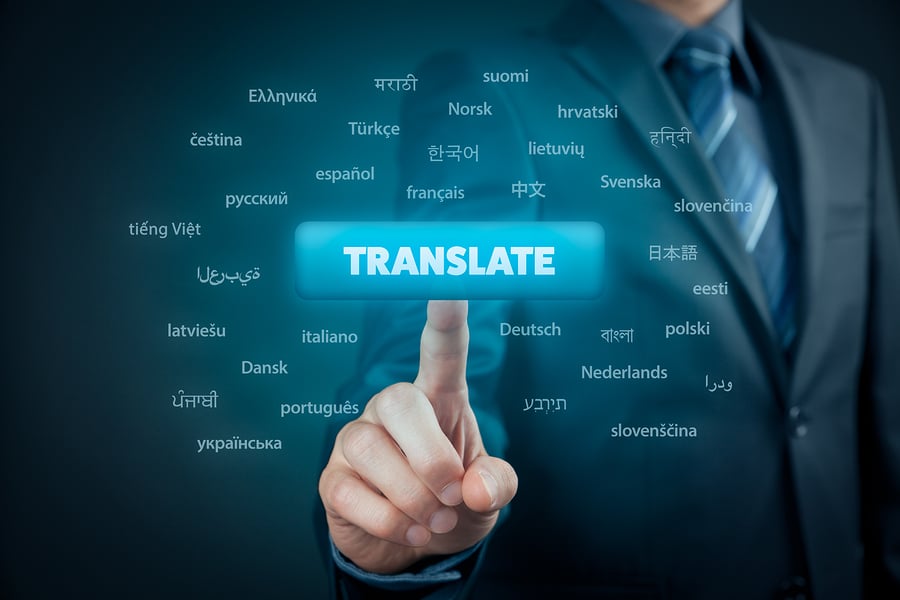The term audiovisual translation (AVT) refers to the transfer from one language to another of the verbal content contained in audiovisual products such as films, TV programs, plays, musicals, operas, video games and web pages. These are just some of the examples of the many audiovisual products available which require translations. Audiovisual products are designed to be both seen and heard at the same time but they are mostly meant to be seen.
The benefits of AV translation
One of the types of audio translation is voice-over translation which ensures that the translated material still follows the video content in its original form. Voice-over translations are audiovisual translations which, unlike in dubbing the actor’s voices are recorded on top of the original audio track which in the background can be heard.
When voice-overs are done in a studio, the translators typically have access to professional standard sound equipment which makes the job a lot easier. The post-production component includes cleaning up the audio files and setting the correct volume. By adjusting any difference between the softest and loudest sounds and doing other edits through the post-production period the finished quality of the product is superior.
There are 3 main types of multilingual audiovisual translations which are dubbing, subtitling often used for the hearing impaired, audio descriptions for the blind, live subtitling and subtitling used in the theatre and opera contexts.
Dubbing allows the continuity of the film but there are difficulties with coordinating the words in the targeted language with the actors’ lip movements. For the viewer, the benefits are that they do not need to have to divide their attention watching the movie and the words that appear below as happens in subtitling.
A translator who uses subtitling has some limitations as it is always necessary to translate what a person is saying in a few words and in a restricted time frame and the viewer needs sufficient time to read and take in the message before moving on the next so the viewer is continually paying his/her attention to the text and not the image. This means non-textual messages of the visual product could be lost. A sub-title is a translation of a piece of the libretto which is the text of an opera or another long vocal work or sometimes just a short summary of a plot projected onto the screen above a stage throughout the performance of an opera or another similar performance that is sung in another language.
When using audio-visual translations it is important to use qualified and specialized professionals in the audiovisual field that are familiar with these sorts of translations and who can ensure that the message to be transmitted is as close to the original as possible. These sorts of translations will add value to your business and grow sales and revenue.




